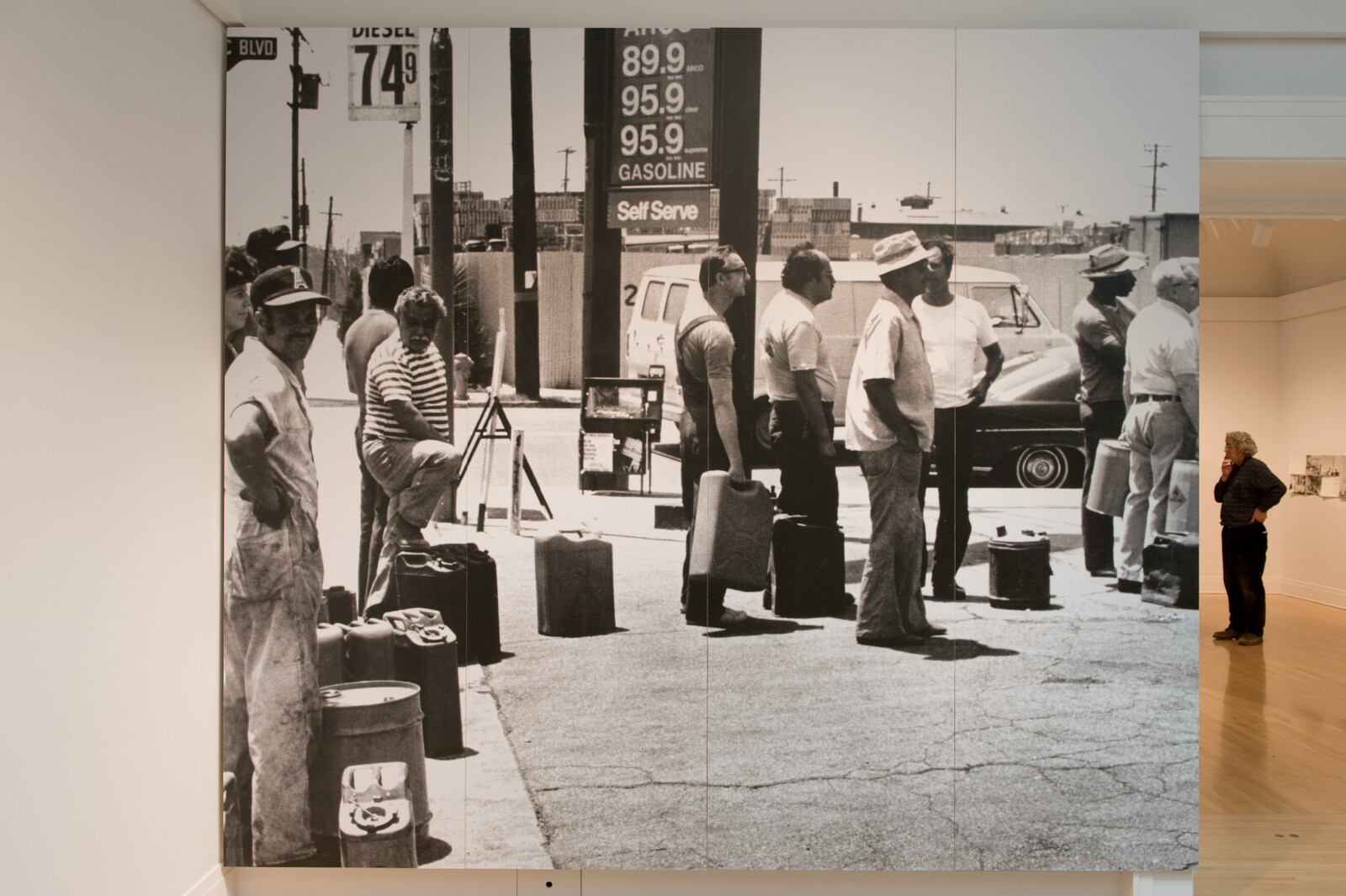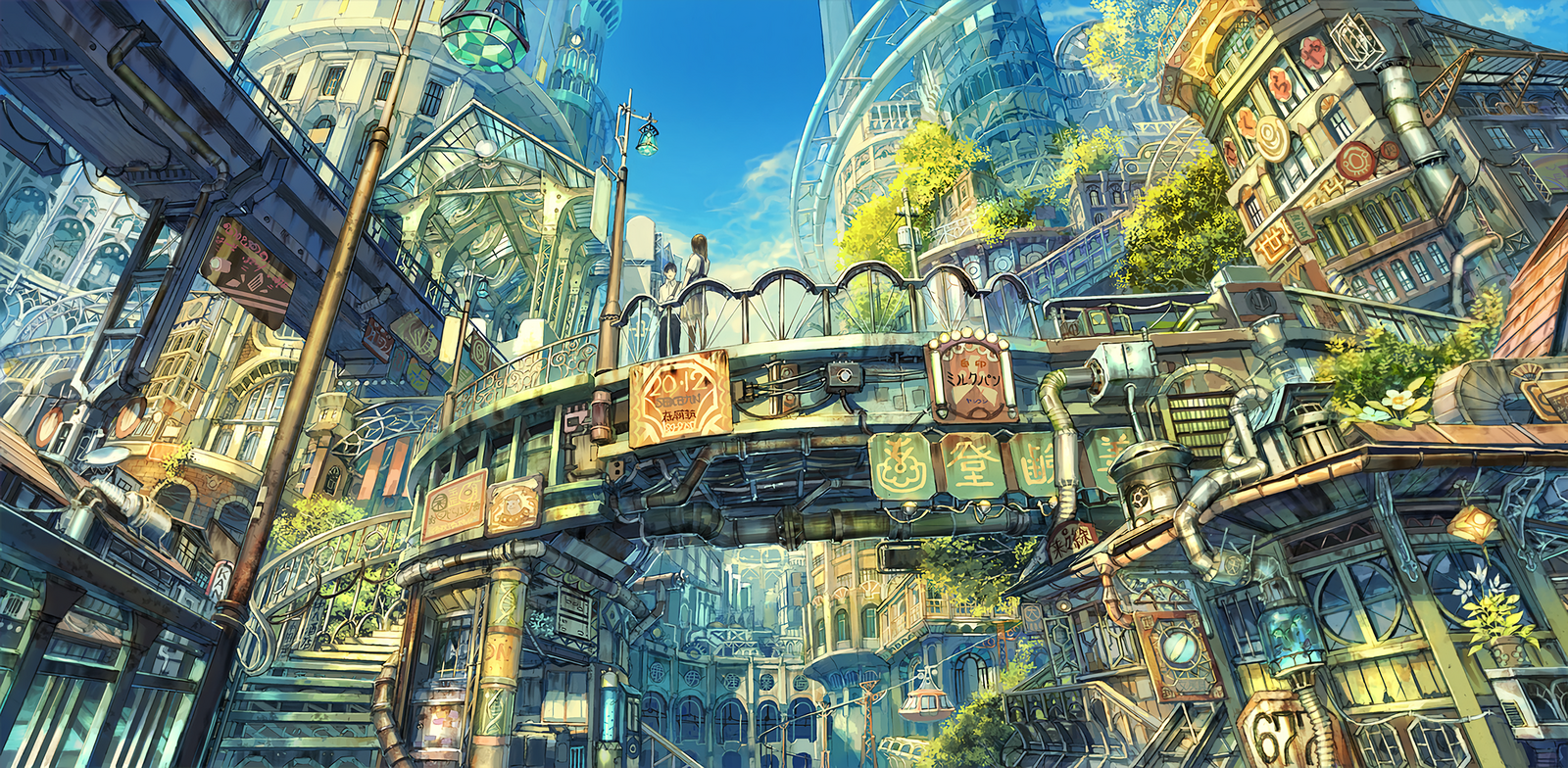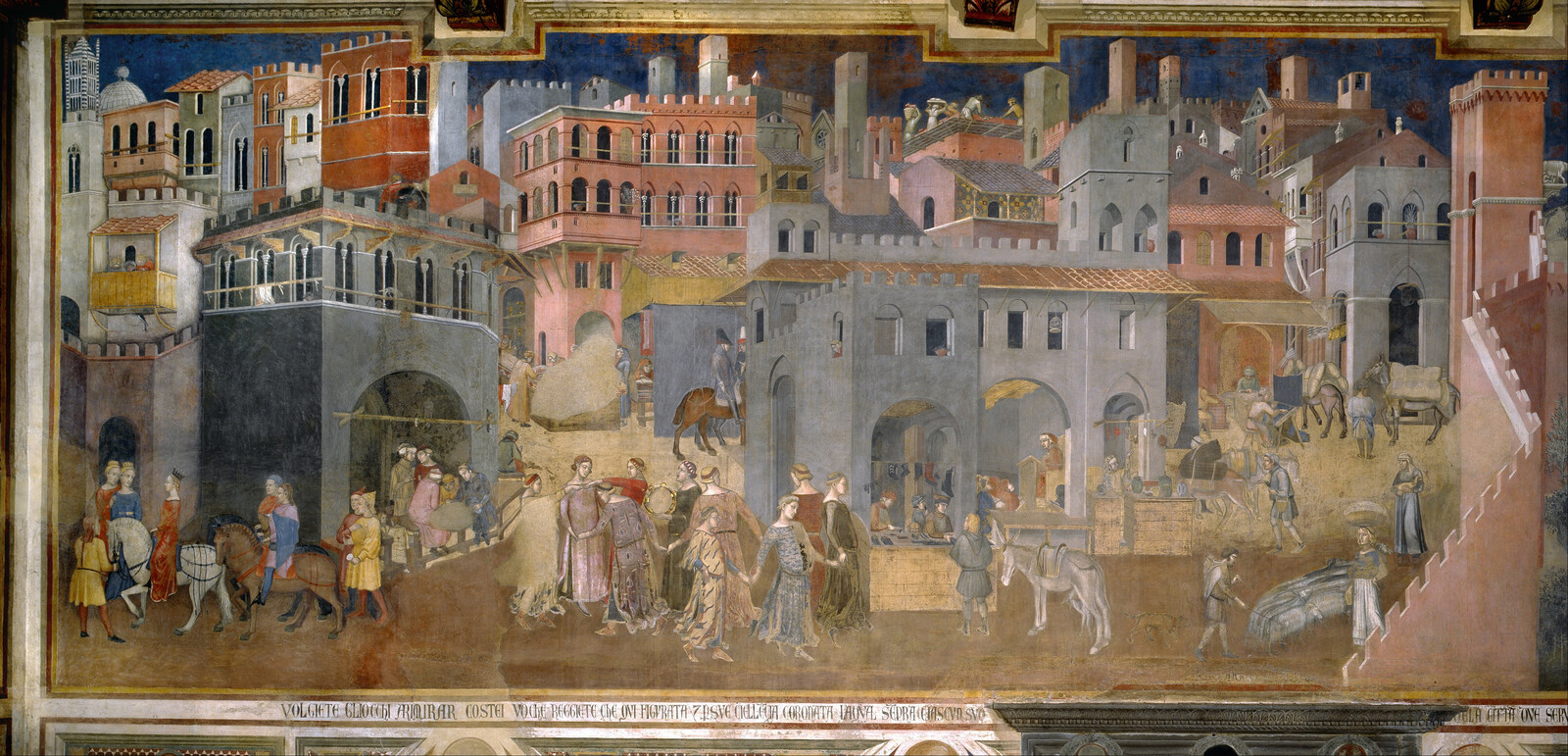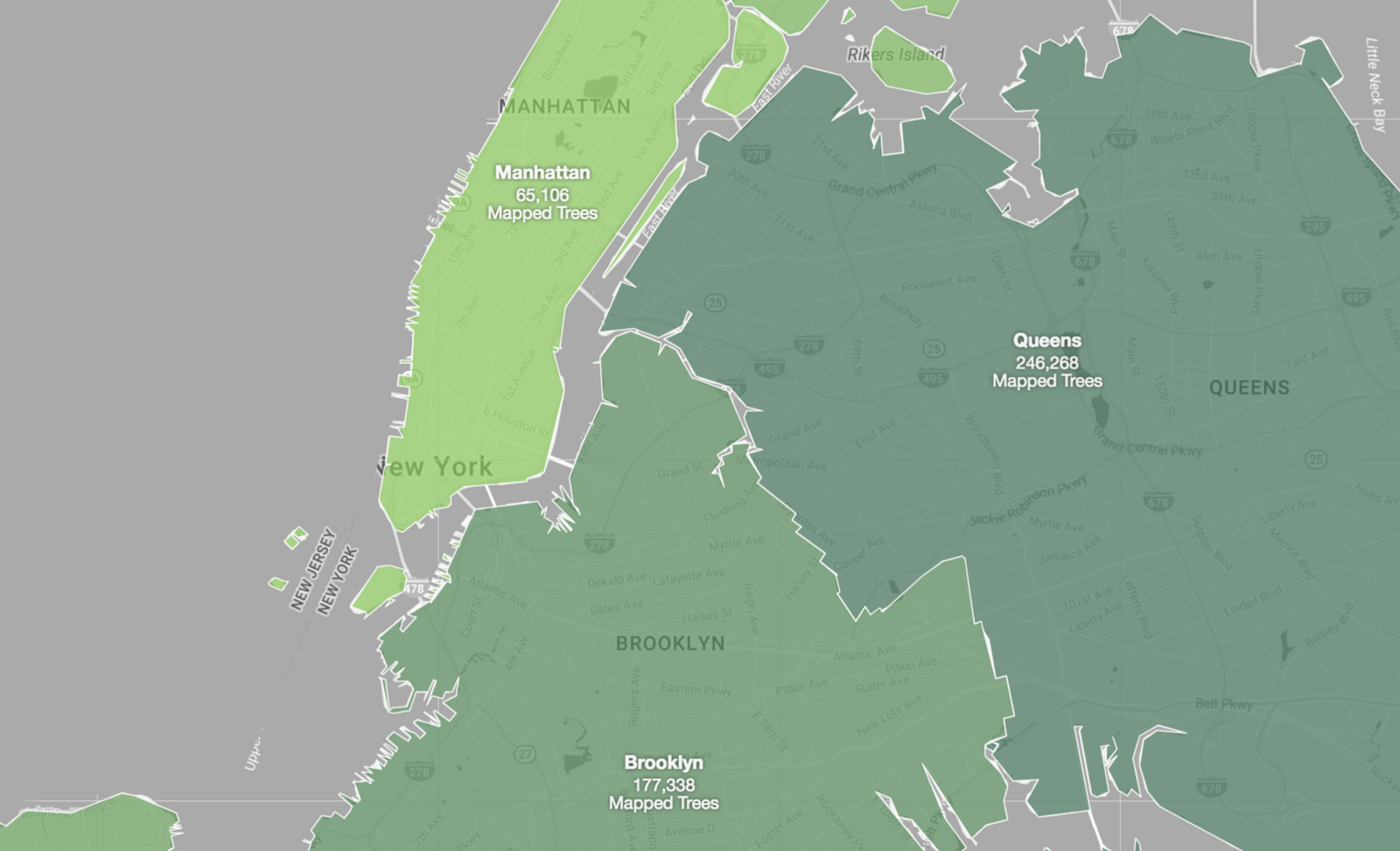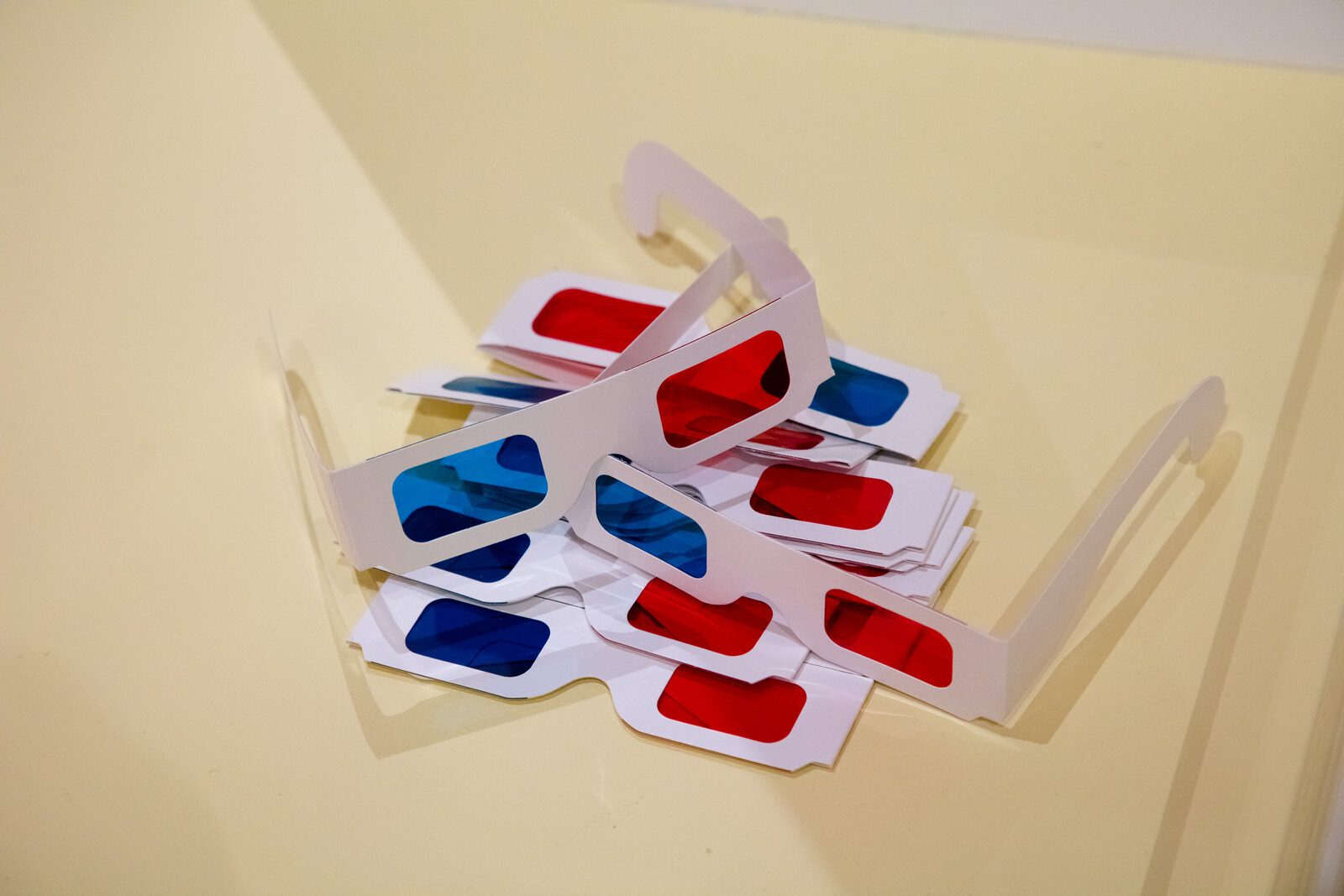The 2023 Canadian Pavilion “Not for Sale!” by the Architects Against Housing Alienation (AAHA) collective is staged as an occupation that starts by deconstructing its own name and identity. Firstly, coined by a member of its organizing committee Nisga’a architect Luugigyoo Patrick Stewart, AAHA has adopted a rewritten spelling of “Canada” as “c\a\n\a\d\a.” The backslashes represent the colonial acts of land division and dispossession that founded the country and allowed for the commodification and privatization of housing, which in turn led to housing alienation, defined here as the condition of being separated from our fundamental connections to home. In this sense, the eclectic team of six curators draw a structural connection between historical acts of settler colonialism and contemporary forms of housing alienation.
Sandwiched between the 1909 Italianate British pavilion and the supposedly disappearing fascism of Germany’s, the Canadian Pavilion was designed and later restored by Milanese architectural studio BBPR as an anti-monument by emphasising its surrounding greenery. AAHA questions whether the pavilion’s focus on building around nature reflects an honest Canadian identity by surrounding the pavilion instead with life-size images from recent Canadian scenes of inhabited tents, protests, and evictions. The steel letters that usually display the name of the pavilion are covered with a mesh banner, poignantly depicting a sign on a tent that reads “PROTEST WE HAVE RIGHTS.” In distorting the pavilion’s original façade, AAHA distances itself from a national identity that has been constructed upon fabricated narratives.

Interior of Canada Pavilion. Photograph by Maris Mezulis.

Interior of Canada Pavilion. Photograph by Maris Mezulis.

Interior of Canada Pavilion. Photograph by Maris Mezulis.

Interior of Canada Pavilion. Photograph by Maris Mezulis.
Interior of Canada Pavilion. Photograph by Maris Mezulis.
Upon entering, covering the entire right wall is the collective’s manifesto and list of demands, which was collaboratively written by ten teams of activists, architects, and advocates. Coupled with this, a film by Marie-Espérance Cerda outlines how settlers have caused housing alienation through their use, exclusion, and exchange of land. From “Land Back” and “Collective Ownership” to “Mutual Aid Housing” and beyond, the pavilion doesn’t aim to launch new projects, but rather focus on and empower work that is already being done on the ground. The back wall is divided into ten different sections, one for each of the collective’s demands, in front of which stand varied displays that present material relating to each of the team’s ongoing work.
The section dedicated to the demand of a “Gentrification Tax,” by the Parkdale Neighbourhood Land Trust, LGA Architectural Partners, tuf lab, Blackwell, The HIDI Group, Vermeulen Quantity Surveyors, and Gentrification Tax Action, is flooded with utopic architectural diagrams. They envision what communities in Toronto like Parkdale, where most residents are Black, Indigenous, and/or people of color and are threatened by acute housing alienation, could become using tax money from corporate landlords and real estate investment trusts (REITs). While this may feel like an unreachable ideal, AAHA organizing member Adrian Blackwell believes that there are many property owners who are aware of the value these communities bring to areas they live, and who would voluntarily pay a tax that sustains them. Parkdale Neighborhood Land Trust reports lie beside a gentrification tax calculator while team members simultaneously prepare pro-tax posters to spread around Toronto in the run up to the launch of their campaign to local Parkdale counsellors.
Adjacent to this is the demand for “Reparative Architecture“ for the Black residents of Toronto’s Little Jamaica, who as a result of the more than decade-long construction of the Line 5 Eglington transit line, have suffered displacement, cultural erasure, and consequent economic decline. Between 2006–2016, the Black population of Little Jamaica declined by 13% while the overall population increased by 5%. Acknowledging the harmful residential planning in the area, a striking “HOUSING WITHOUT ERASURE” graphic on the segment’s pin-up board articulates an alternative proposal that commands accountability through restoration. Beyond creating mixed-use apartments and narrow lot mid-rises, the team of Keele Eglinton Residents, SOCA (Studio of Contemporary Architecture), and CP Planning proposes the idea of a Community Land Trust (CLT) to promote affordable, equitable, and flexible development. Music alongside their drawings transports the viewer from Jamaica to Toronto, facilitated by a Soul Funk and Reggae compilation by Sipreano and Light In The Attic, and includes dancehall don Johnnie Osbourne’s “African Wake.”
In “On the Land Housing,” Katlia Lafferty from the National Indigenous Housing Network and Ouri Scott from Urban Arts Architecture Inc. display a timeline examining the history of housing in the Tlicho Dene region. Today, 50% of Canada’s Indigenous population live off reserve land. They demand that housing funding be decentralized and given directly to Indigenous-led organizations that can provide independent Indigenous women with safe and secure housing. Not only here, the pavilion reverberates with the work Indigenous people in c\a\n\a\d\a created as part of AAHA’s campaign, such as the beautiful beaded maps of “First Nations Home Building Lodges” and Grey Piitaapan Muldoon’s hanging quilted banners.

Land Back Courtyard at Canada Pavilion. Photograph by Maris Mezulis.
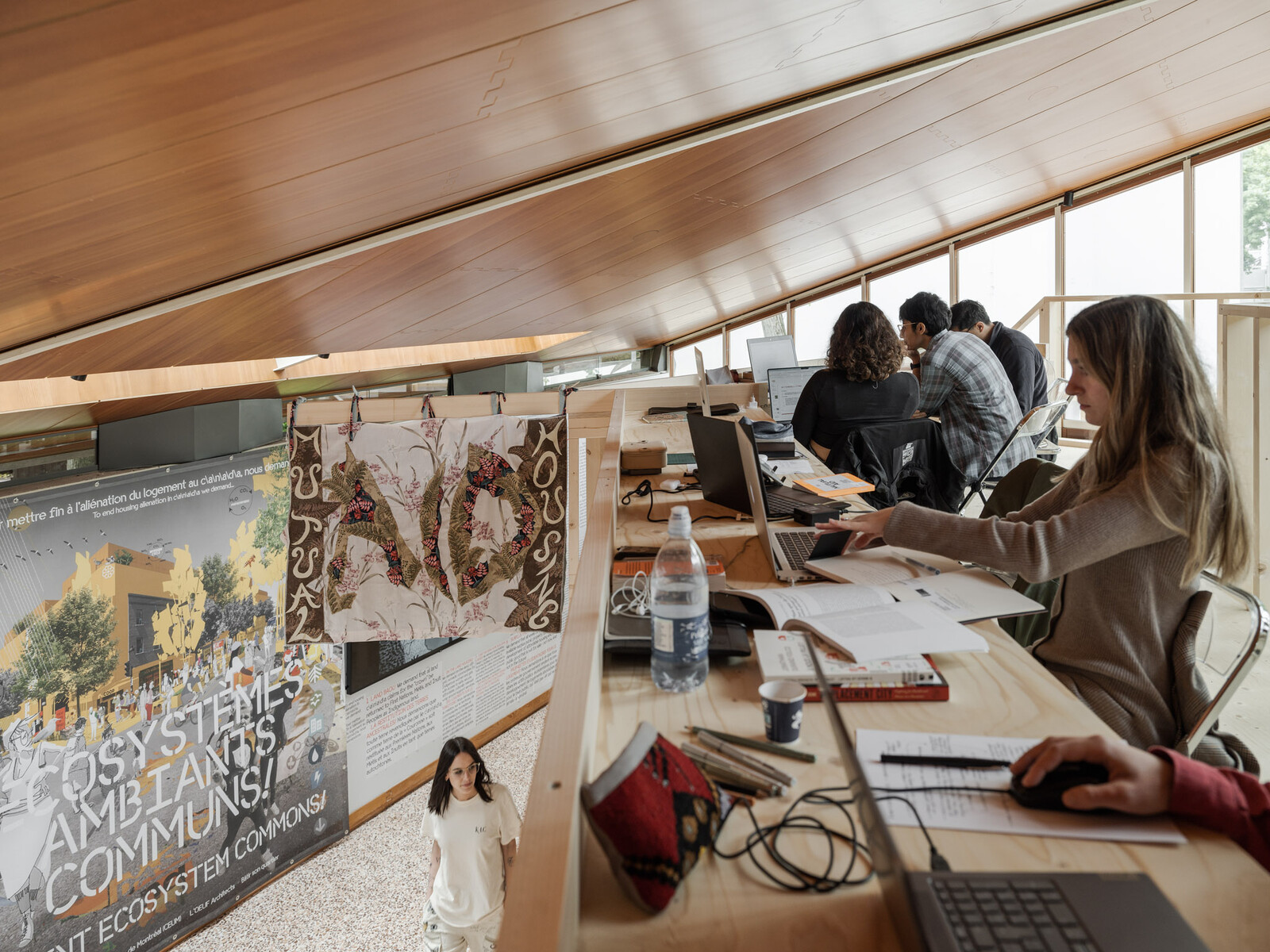
Interior of Canada Pavilion. Photograph by Maris Mezulis.
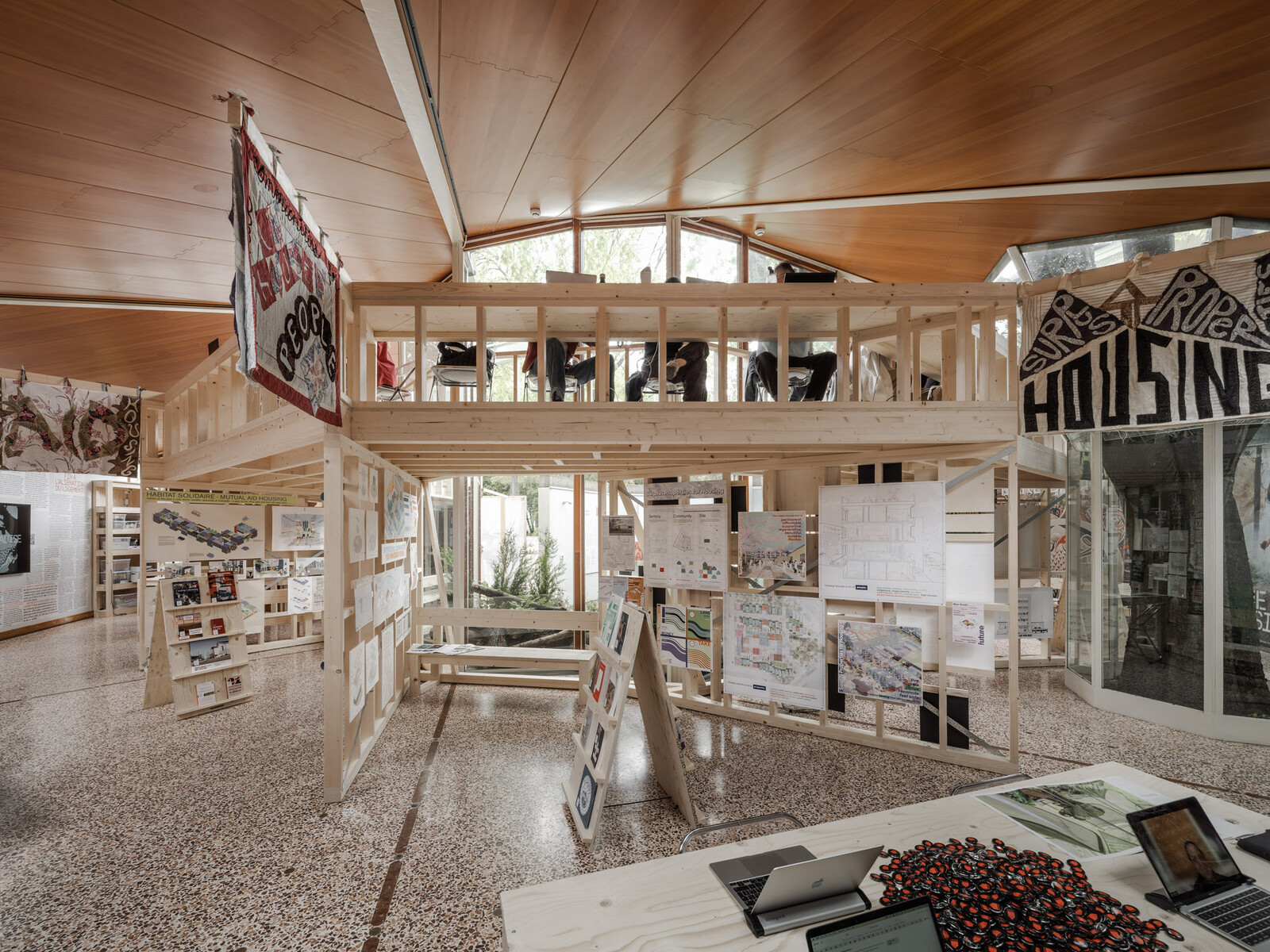
Interior of Canada Pavilion. Photograph by Maris Mezulis.
Land Back Courtyard at Canada Pavilion. Photograph by Maris Mezulis.
Beyond the individual displays relating to the collective’s demands, the pavilion has a fresh temporality to it, shifting as waves of people and activities occupy it. In a sense, it could even be seen less as an exhibition and more an information hub and working space. A cacophony of pens, laptops, books, and notebooks are scattered on benches and desks throughout the space. Books decolonizing how we think about Indigenous knowledge such as Robin Wall Kimmerer’s Braiding Sweetgrass and Glen Coulthard’s Red Skin White Masks lay on wooden stands staggered around the pavilion. And a temporary wooden mezzanine provides space for twenty-five selected architecture students, who along with Matthew Soules from the AAHA organizing committee continue to grow the campaign against housing alienation with on-site research and interacting with the Biennale’s audience, strategically monopolizing its global outreach. An event calendar shows signs of collective meals and sign- and sticker-making workshops, whose remnants mark the space. Petitions and newsletters are written and signed. AAHA newspapers and badges ornament bags. With youthful enthusiasm, the presence of students at the forefront of this pavilion is a refreshing shift towards more engaged pedagogical practices within architecture.1
Amongst the spectacle of spritzes and speeches at the opening of the Biennale, AAHA invited The Chinook Songcatchers and campaigner Marie McGregor Pitawanakwat, an Anishinaabe Kwe from Manitoulin Island to perform a Smudging Ceremony. Flying over with tobacco, sage, cedar, sweetgrass, feathers, and a seashell, Marie lights the smudge and wafts its smoke over the participants. With this, she and the Songcatchers ask for clarity of thought in the group and the ability for them to create good each day. The ceremony was performed again the next day for members of the public, followed by a site-specific flag-raising ritual, in which the Indigenous flag was raised to convey the idea of “discovering” new land in Italy, a nod to the papal bull that allowed for the expropriation of Indigenous homelands by deeming “explored” lands as “terra nullius.” Outside the pavilion’s entrance, the flag is now surrounded by native Canadian plant species, which blowing in the wind, with all of its color, acknowledges all living beings. Inside, as part of the “On The Land Housing” demand, Pitawanakwat talks about her lived experience of being evicted and left unhoused through the enactment of Canada’s Trespass Act. This is just one of many laws that highlight the violence of Canada’s legislative framework, a system created by the British Crown that still gives them ownership to “Indian” reserves, and further, makes it impossible for Indigenous people to possess it.2 Today, Indigenous people live on just less than 1% of their original homelands. Marie invites visitors to reflect on these absurd realities, in a country with the world’s second largest land mass.


Smudging Ceremony by Marie McGregor Pitawanakwat. Photo: Matthew Soules.
AAHA’s campaign highlights how the codification of Indigenous land into settler colonial jurisdiction has fractured the nation’s relationship to home and the ground we build on. Furthermore, the pavilion shows how disproportionately Indigenous, Black, and Brown communities are affected by this legal structure. In Decolonising Methodologies, Linda Tuhiwai Smith writes that “what makes ideas real is the system of knowledge, the formations of culture, and the relations of power in which these concepts are located.”3 AAHA’s demands return power to those who have had these formations and relations stolen from them, and in doing so, offers ways of working outside the stifling boundaries of bureaucratic systems.
While at first glance AAHA’s demands might seem radical, after crossing the threshold where legislation is rooted in settler colonial ambition, they appear as basic human rights. As I write, Canadian wildfires continue to haze the skies. Now more than ever, adopting and restoring Indigenous knowledge is vital to counter our damaging, disembodied relationship to land. Ending my visit to the pavilion, Matthew and I walk up to the mezzanine floor where a view of the Adriatic Sea unfolds in front of us. “We didn’t even know we would be able to see it when building the structure,” he tells me. This view stands as an homage to the beautiful rewards we reap when disrupting the ways we build, and dwelling in the unknown.
bell hooks, Teaching to Transgress: Education as the Practice of Freedom (London: Routledge, 1994).
See “The Indian Act, 1876.”
Linda Tuhiwai Smith, Decolonizing Methodologies: Research and Indigenous Peoples (London: Zed Books, 2012), 48.
Positions is an independent initiative of e-flux Architecture.
Subject
This essay was commissioned as part of a collaboration between e-flux Architecture and alumni from the fourth cohort of New Architecture Writers to publish reviews of the 2023 Venice Architecture Biennale and Lesley Lokko’s 18th International Architecture Exhibition, “The Laboratory of the Future.”


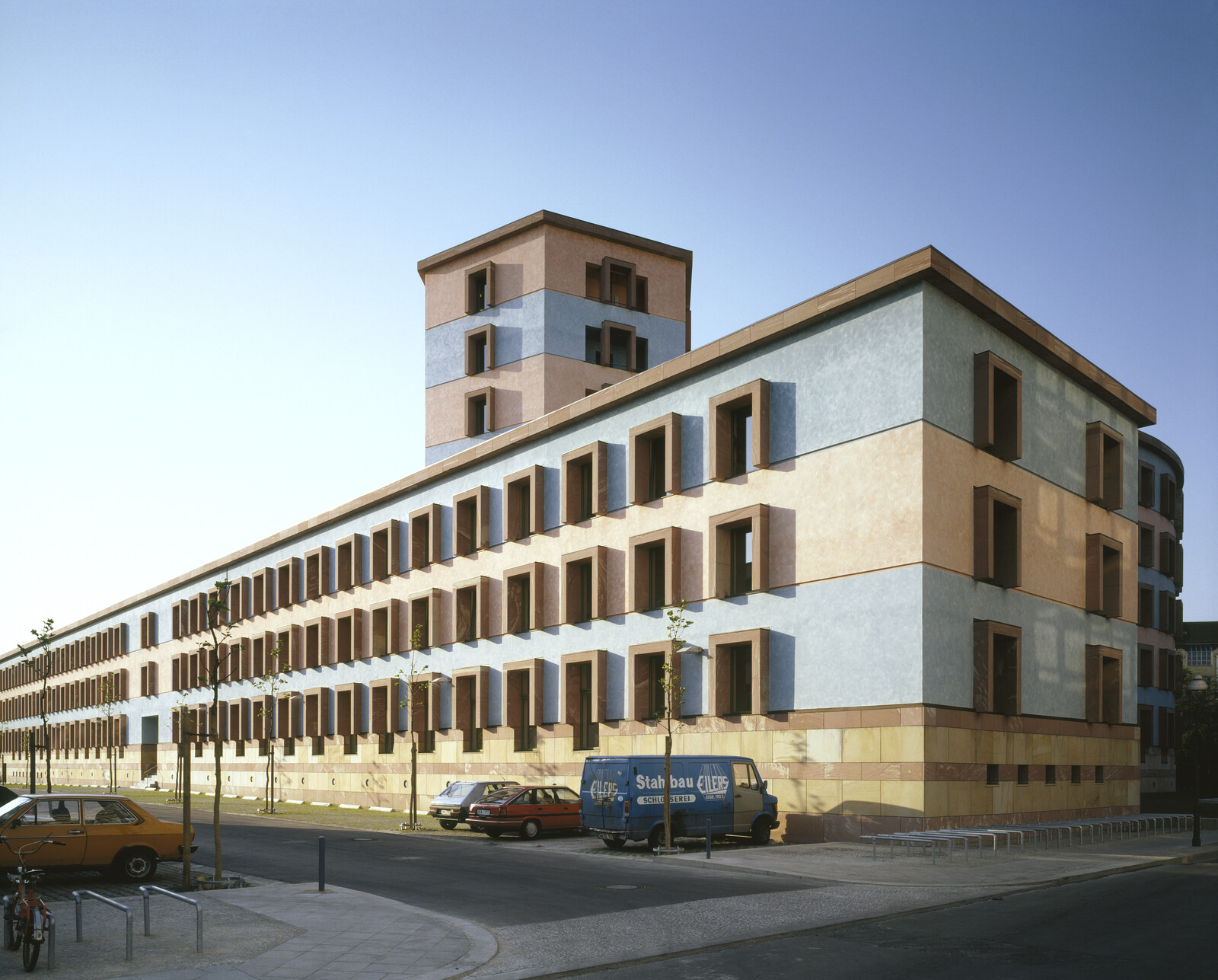


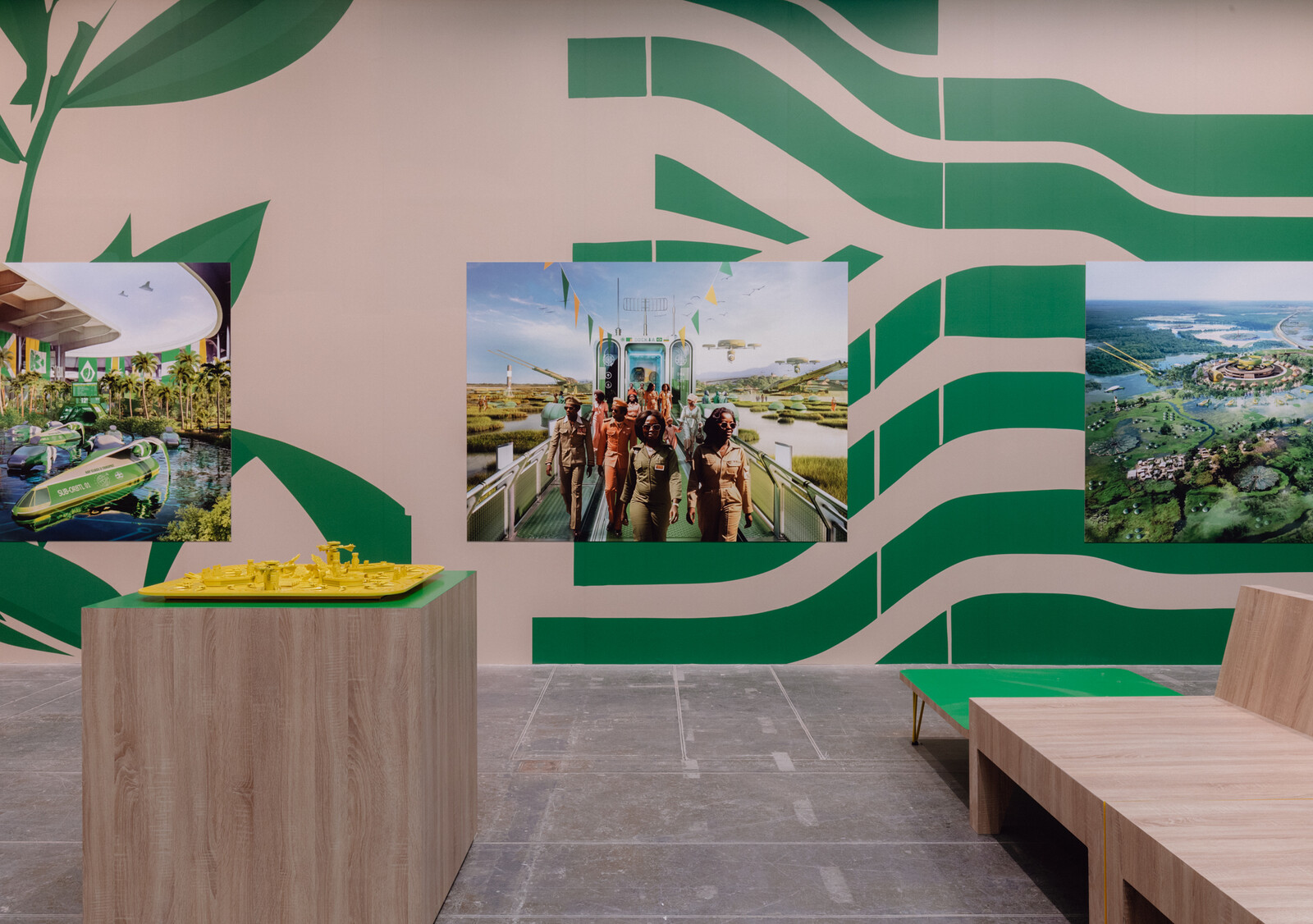



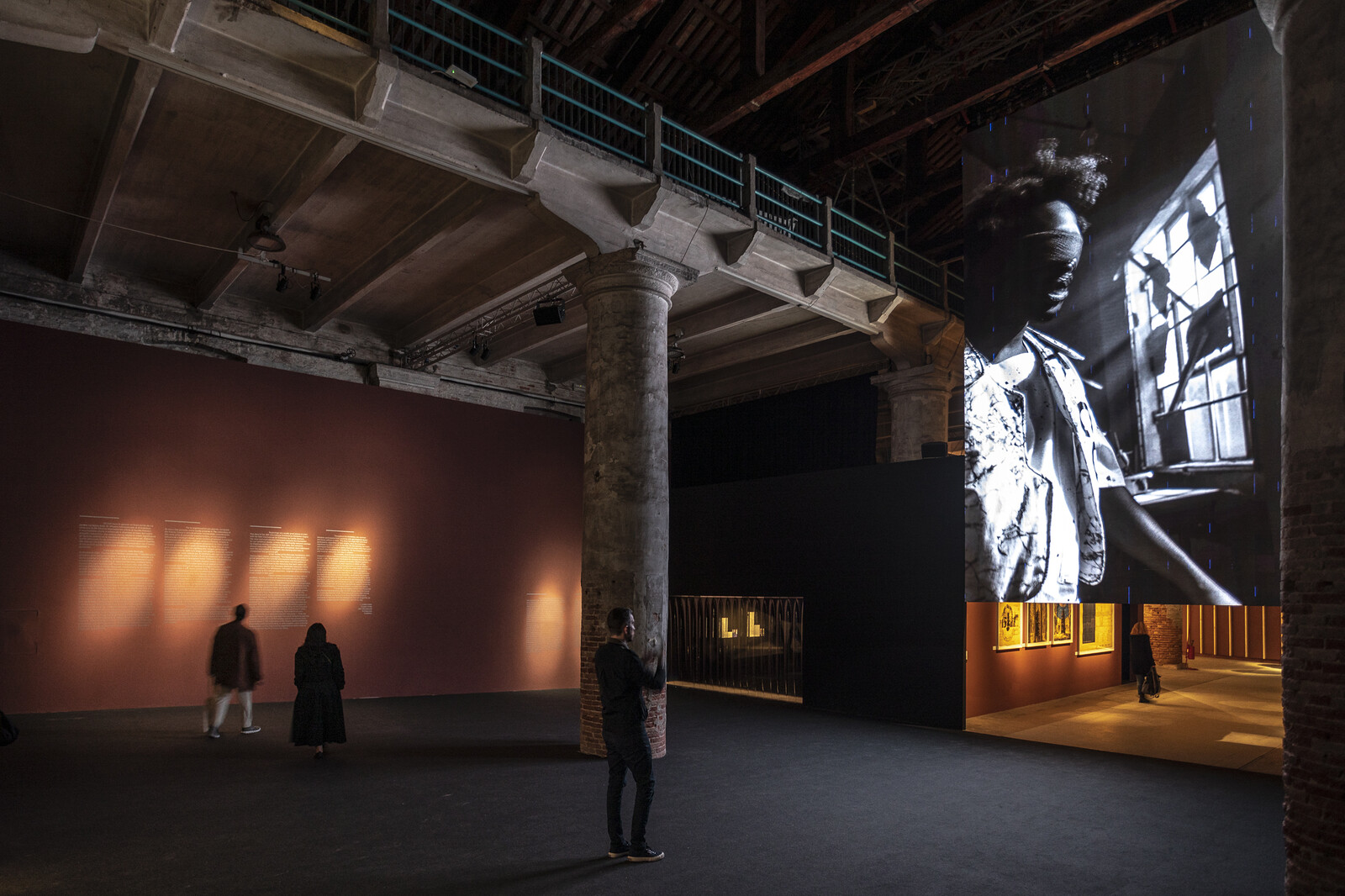







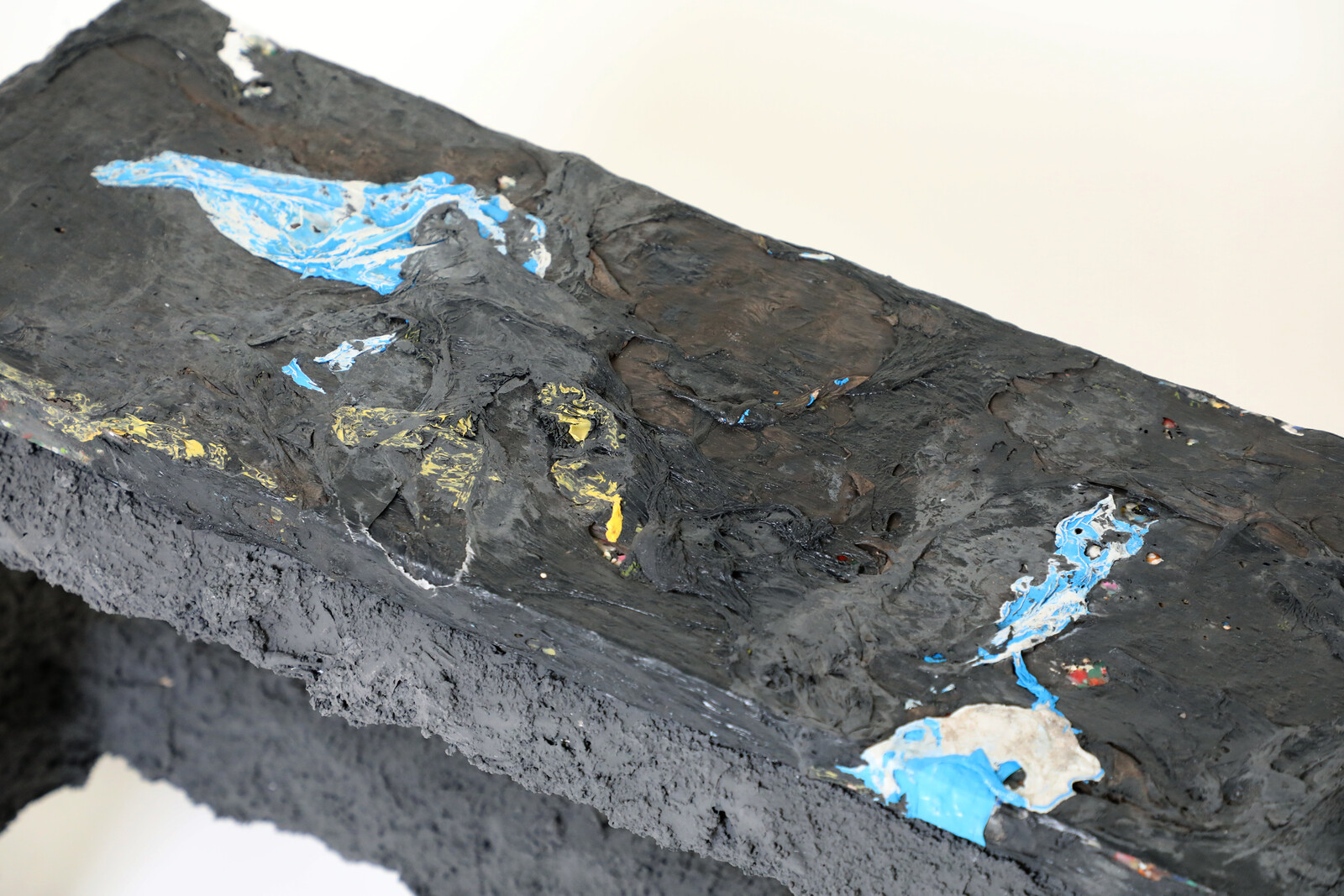





(2014).jpg,1600)











,-2003,-srgb.jpg,1600)





